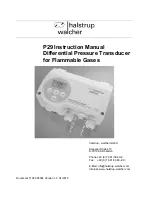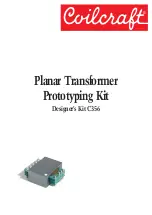
36
/ 54
User Manual
Rev. 2.0 - 27/01/20
TEX3500LCD
By entering with 5dBm it is able to deliver up to 32 W for
TEX3500LCD
.
7.6 Power amplifier
The RF power amplification section consists in several power modules (four on
the
TEX3500LCD
) coupled through a Wilkinson splitter and combiner using strip-
line technology.
Each RF module of the
TEX3500LCD
provides 900 W rated power using a single
active element built using LD-MOS technology. RF modules are fed by the switching
power supply via the Bias board.
The splitter splits the incoming power input signal equally to all RF modules. The
combiner combines the power output signals available at module outputs to obtain
total amplifier power.
Splitter, amplifiers and combiner have been designed to sum amplifier output power
signals in phase, so as to keep unbalance and power dissipation to a minimum.
The whole RF section is mounted on a finned heat sink with fan cooling.
7.7 LPF Board
This board incorporates a low-pass filter to keep amplifier harmonics within
permissible limits as specified by international standards.
A directional coupler is provided at filter output to measure forward and reflected
RF output power; power readings are relayed to the Interface and Bias boards to
enable processing and display.
The LPF board incorporates an RF output (having a level about -60 dB lower than
output level) which is brought to a BNC connector. This provides a convenient test
point to check carrier characteristics, but
does not ensure accurate assessment
of higher harmonics
.
The filter also has a High Pass Filter section that sends the third harmonic generated
by the final stage to a termination 50 Ohm 250 W (mounted near the driver); this
stratagem helps to maintain a sufficiently high efficiency even in case of presence
of SWR in antenna.
















































